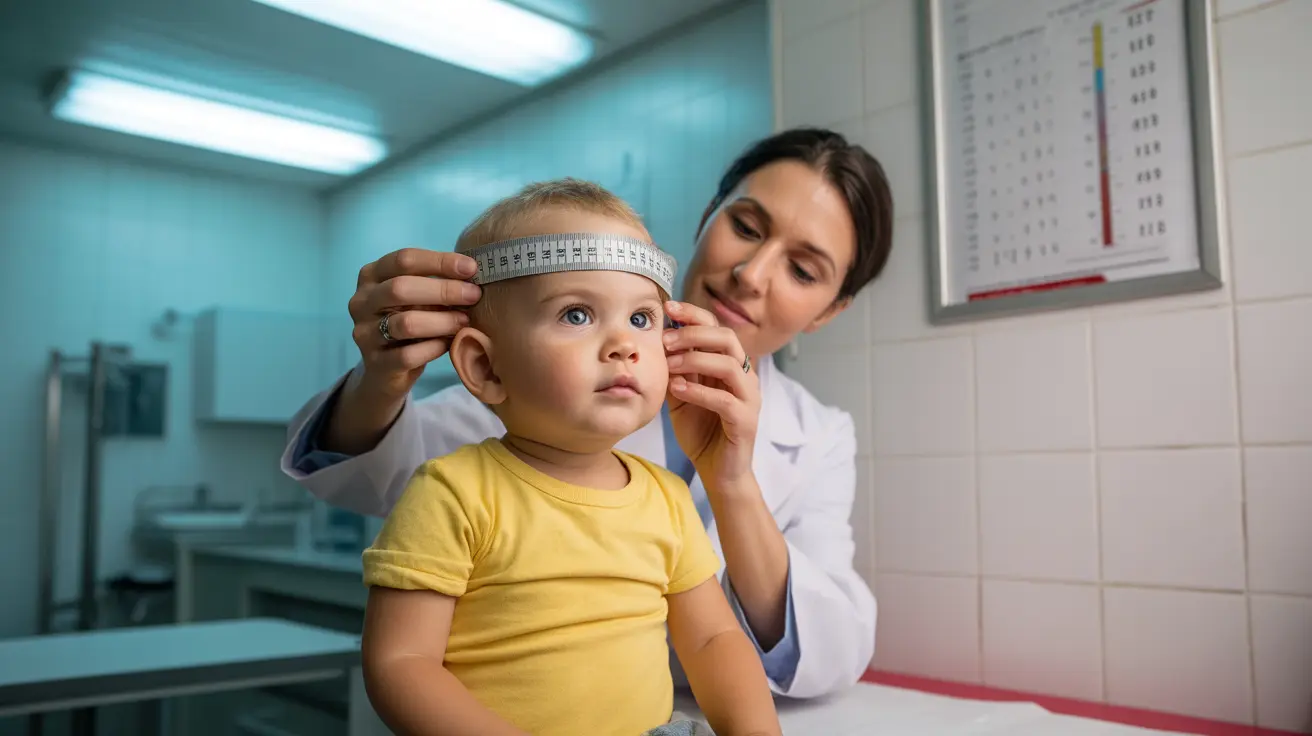Macrocephaly, a condition where a child's head size is larger than normal for their age and gender, affects approximately 2% of the general population. While sometimes inherited and benign, it can also signal underlying medical conditions that require prompt attention and treatment. Understanding the causes, symptoms, and available treatments is crucial for parents and healthcare providers to ensure optimal outcomes for affected children.
What is Macrocephaly?
Macrocephaly is defined as a head circumference that measures more than two standard deviations above the average for a child's age and sex. This condition can be present at birth or develop as a child grows. Healthcare providers typically monitor head growth during routine check-ups using specialized growth charts to identify any concerning patterns.
Common Causes and Types
Benign Familial Macrocephaly
In many cases, having a larger head runs in families and doesn't indicate any medical problems. This inherited trait, known as benign familial macrocephaly, typically doesn't affect a child's development or health.
Medical Conditions
Several underlying conditions can cause macrocephaly:
- Hydrocephalus (excess fluid in the brain)
- Brain tumors
- Genetic conditions
- Metabolic disorders
- Alexander disease
- Certain developmental disorders
Signs and Symptoms to Watch For
While macrocephaly itself isn't always problematic, certain symptoms may indicate a serious underlying condition:
- Unusually rapid head growth
- Developmental delays
- Seizures
- Vomiting
- Irritability
- Poor feeding
- Lethargy
Diagnostic Process
When evaluating macrocephaly, healthcare providers typically follow a comprehensive diagnostic approach:
Initial Assessment
The process begins with:
- Detailed medical history
- Family history
- Physical examination
- Head circumference measurements
- Development evaluation
Advanced Testing
Further diagnostic tools may include:
- Neuroimaging (MRI or CT scan)
- Genetic testing
- Developmental assessments
- Blood tests
- Neurological examinations
Treatment Approaches
Treatment for macrocephaly varies depending on the underlying cause:
Conservative Management
For benign familial macrocephaly, treatment usually involves:
- Regular monitoring
- Routine developmental screenings
- Periodic head measurements
Medical Interventions
When caused by specific conditions, treatments may include:
- Surgical procedures for hydrocephalus
- Specific treatments for identified genetic conditions
- Targeted therapy for underlying medical conditions
- Early intervention services when needed
Frequently Asked Questions
What causes macrocephaly and how is it diagnosed in infants and children? Macrocephaly can be caused by genetic factors, hydrocephalus, brain tumors, or metabolic disorders. Diagnosis involves measuring head circumference, physical examination, and potentially neuroimaging studies like MRI or CT scans.
What symptoms indicate that a large head size might be due to a serious underlying condition rather than benign familial macrocephaly? Red flags include rapid head growth, developmental delays, seizures, vomiting, irritability, poor feeding, and lethargy. These symptoms warrant immediate medical evaluation.
How is macrocephaly evaluated and what tests are typically done to find the cause? Evaluation includes physical examination, head circumference measurements, family history review, and developmental assessment. Additional tests may include neuroimaging, genetic testing, and blood work.
What treatment options are available for macrocephaly caused by different conditions such as hydrocephalus or brain tumors? Treatment depends on the underlying cause. Hydrocephalus may require surgical intervention, while other conditions might need specific medical treatments or monitoring. Some cases, particularly benign familial macrocephaly, may only require regular monitoring.
Can macrocephaly affect a child's development and what follow-up care is recommended for children with this condition? The impact on development varies depending on the cause. Regular follow-up care typically includes monitoring head growth, developmental assessments, and specific care based on any underlying conditions. Early intervention services may be recommended if developmental delays are present.




